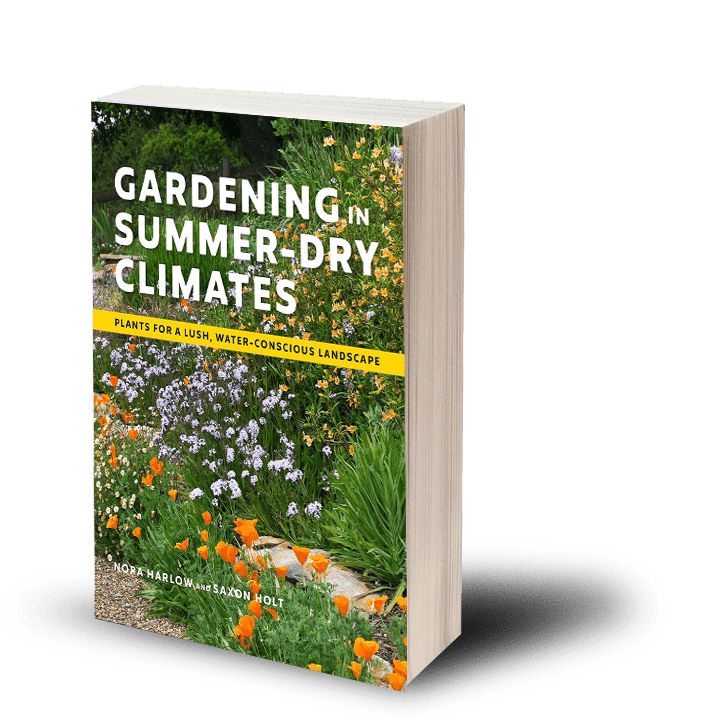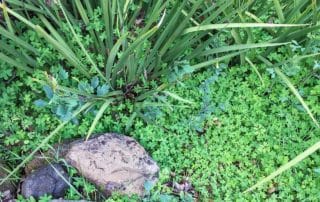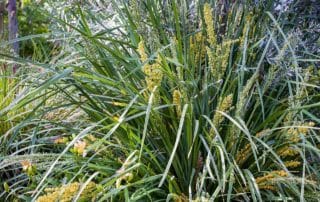Mendocino Reed Grass
Commonly known as Mendocino or leafy reed grass, Calamagrostis foliosa is usually described as having blue-green or gray-green leaves with seasonal tints of purplish red, but that's not how it presents itself in my garden. Calamagrostis foliosa flowering in California garden This cool-season bunchgrass is worth growing not for the color of its fine-textured leaves, which for me emerge a rather dull green and remain so throughout the seasons. I grow it for its manageable size, its pleasingly symmetrical form, and the improbably long-lasting, greenish white flowers that remain neatly arrayed on arching stems as they age to








